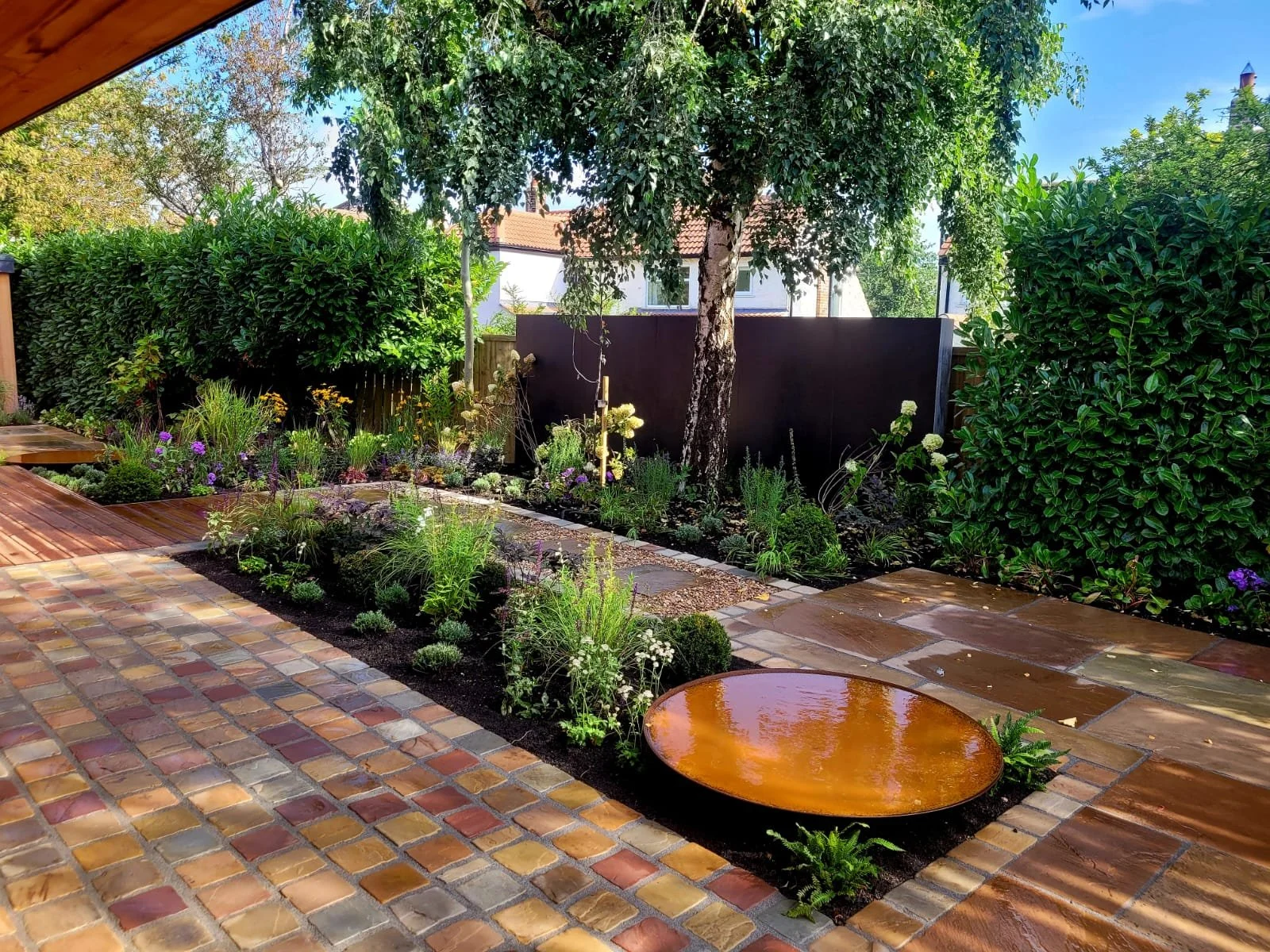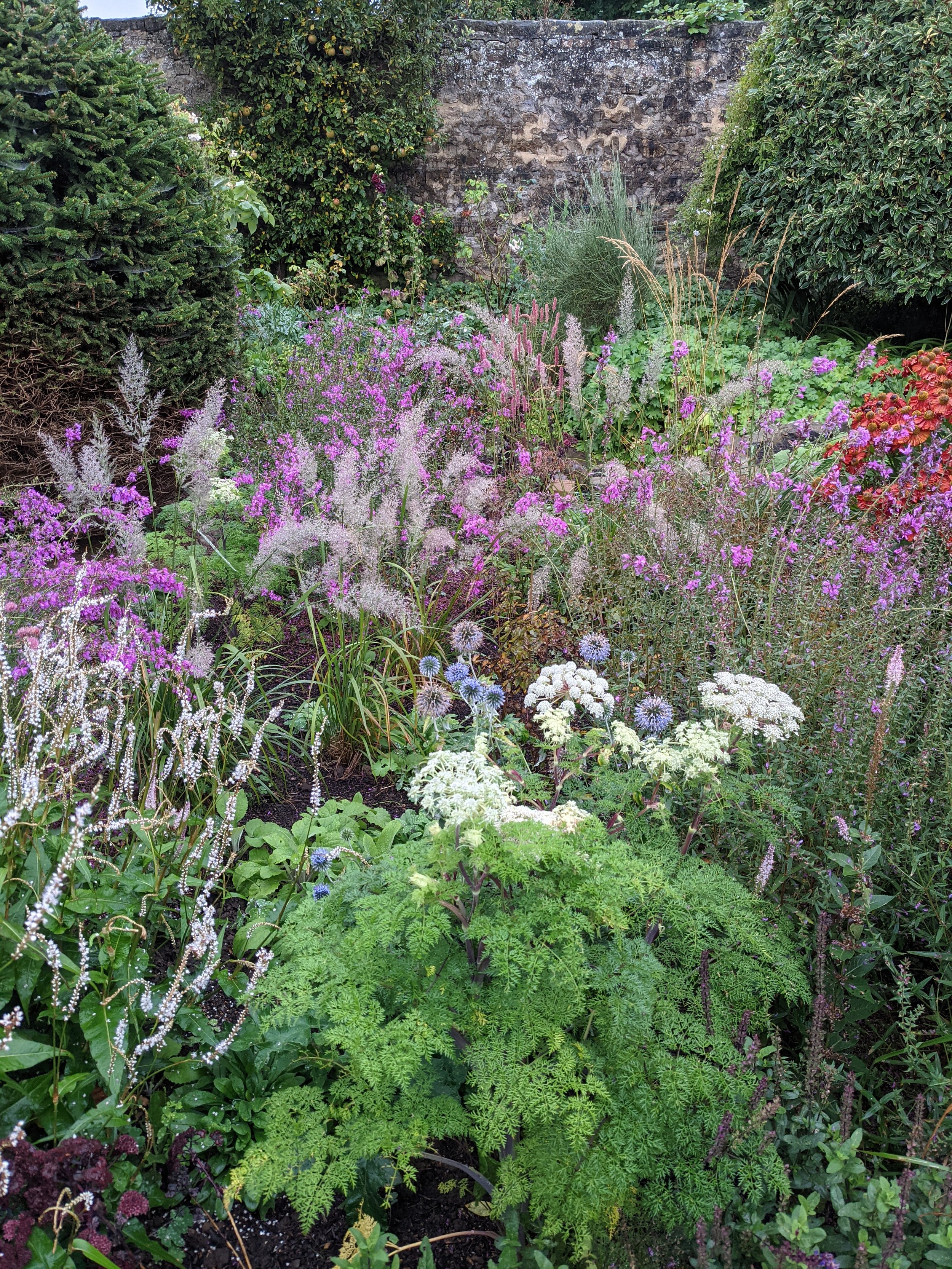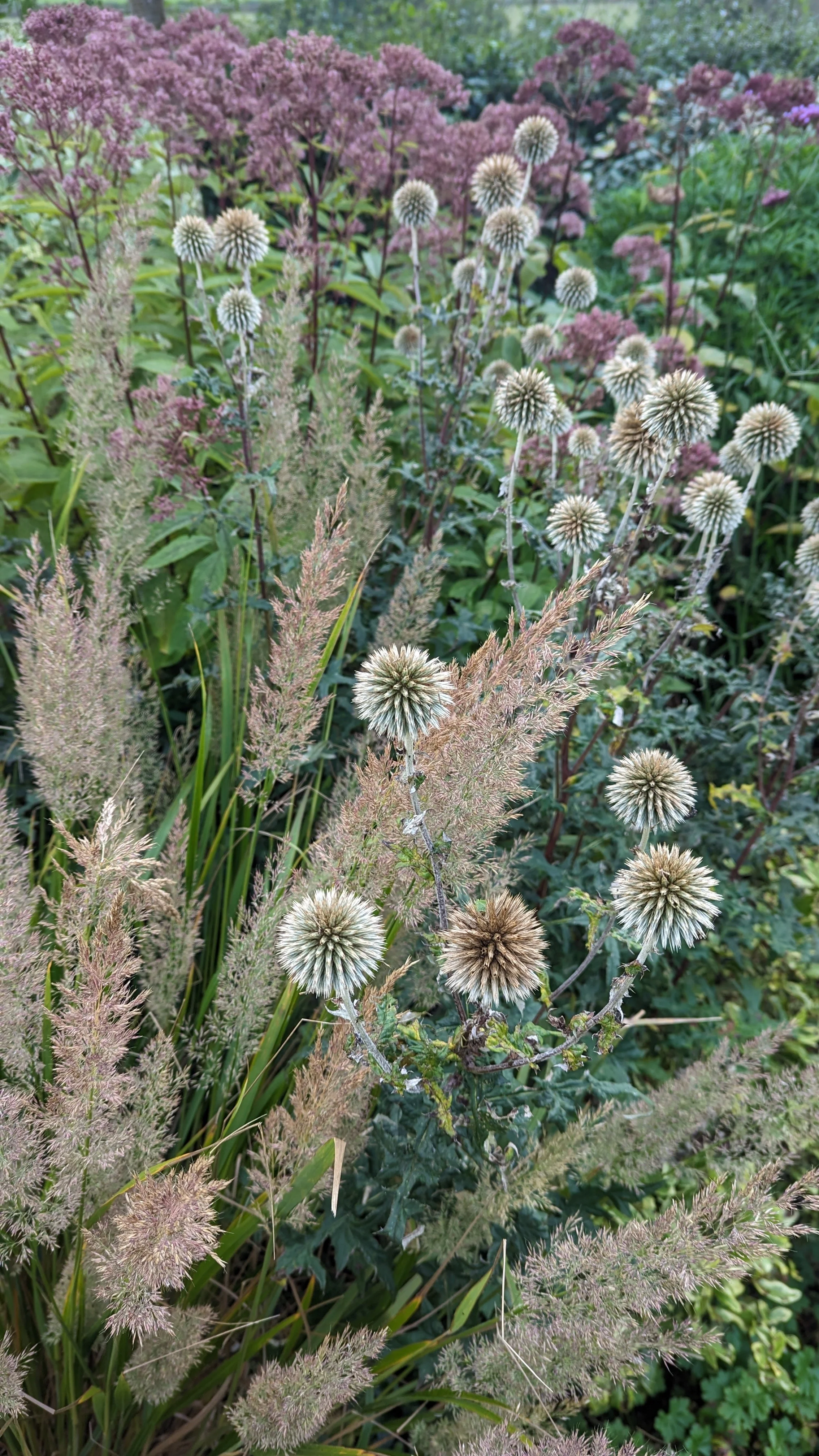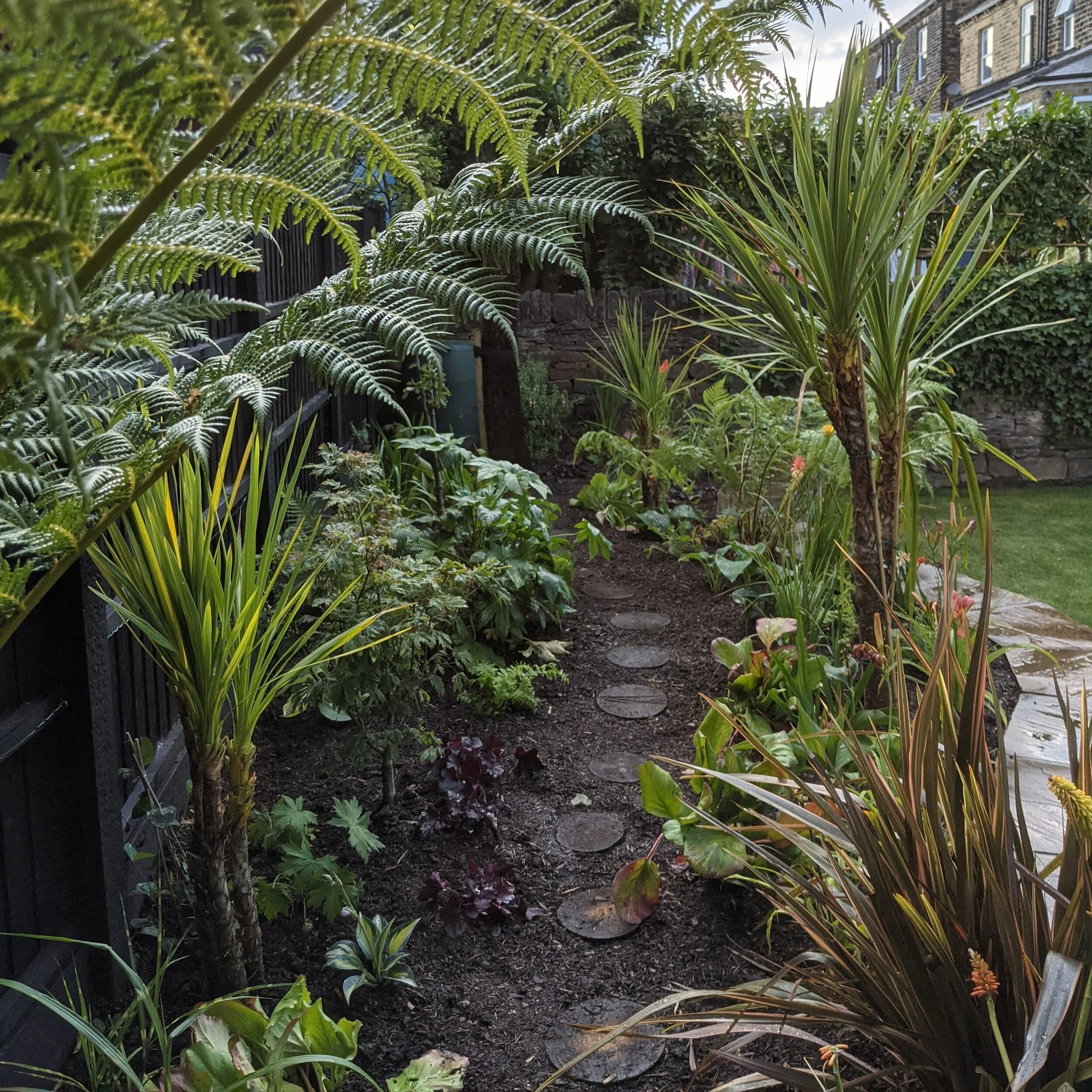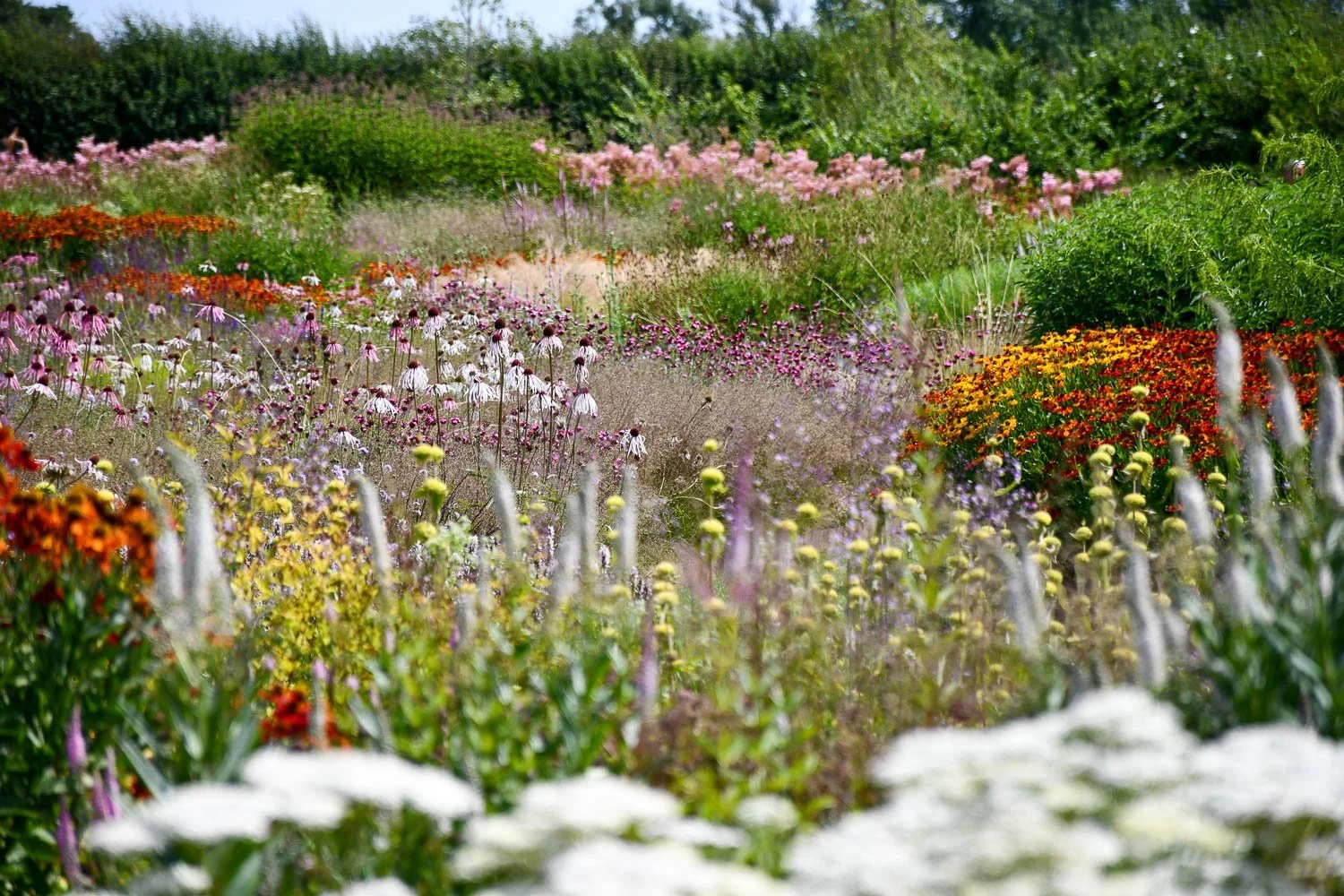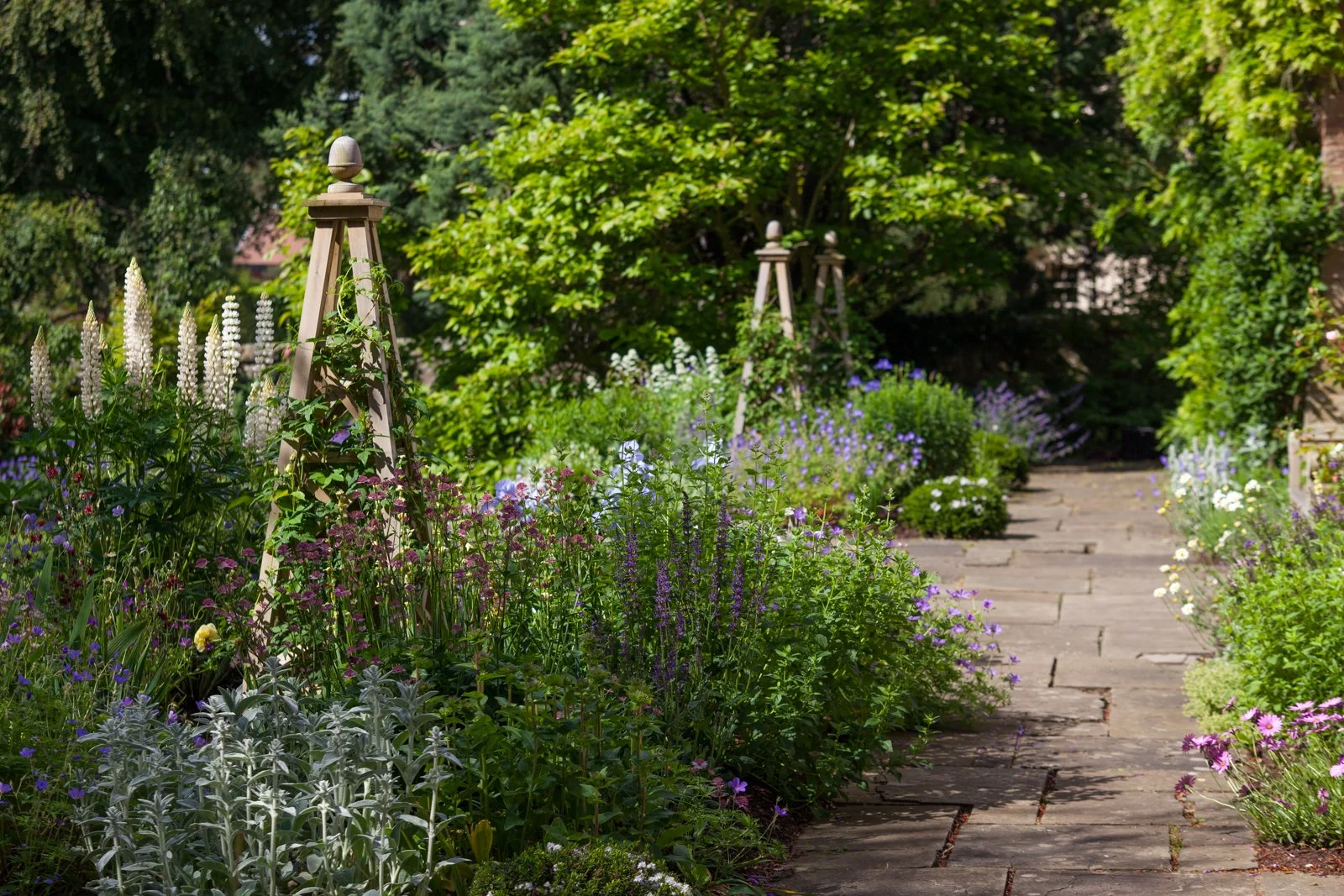17 Jan - Written by Bevan
Living/Green walls
Have you ever wondered whether you could have a bold and beautiful living wall in your garden but felt daunted by the prospect of costly installation or tricky DIY? This blog will cover everything you need to know about living walls and show you how doable such a project really is to get you on the way to making your neighbours as green with envy as your living wall. Living walls exist in two distinct forms, the first being internal and the second being outdoor external garden green walls. As we are lovers of gardens and the great outdoors the latter will be the focus of this blog.
Selecting Your Plants
The first thing to work out is how much sun your living wall is going to get. If you have a lot of large trees or buildings surrounding your garden you may need a shady planting selection. If your garden receives a lot of sun throughout the day, you should look for sun loving plants.
Your preference and taste will of course also influence your selection! You should choose plants that you like and that will work well with the existing planting in your garden. Consider colour combinations, contrasting forms (for instance placing a large-leaved foliage plant next to a fine bladed grass to exaggerate the characteristics of both species) as well as textures when drawing up your plant list.
Here are a few plants to get the ball rolling:
Sun-loving plants suitable for vertical growing
Shade-loving plants suitable for vertical growing
Planting Design by Gardenwild
Find out what we’re doing when we’re not writing blogs. Dig a little deeper and discover more about GardenWild.
Selecting Your Soil Mix
Now your plants are selected your next priority should be the substrate or soil mix to grow your plants in. Generally, living walls should have lightweight and low nutrient soil mixes with high mineral content such as pumice as well as high organic matter like coconut fibre.
When planting perennials, a high quality potting soil, with perlite or pumice and/or composted pine bark should be selected. Below we have linked some of the best pre-mixed substrates suitable for living walls.
This is our recommendation for general use.
This is our recommendation for succulent or alpine planting use.
If you have gone for a succulent or alpine planting selection for your living wall you require a rock garden substrate containing high mineral content (perlite or pumice) and low organic matter content.
If growing fruits, vegetables and annuals is your thing and you wish to use your green wall as an ever-changing canvas that is fine too! In this case you will want a good quality coconut-fibre based mix that are readily available in garden centres but also online! See below for our recommended substrates for a productive green wall.
SylvaGrow with added John Innes
The compost feeds for up to 6 months
Requires 25% less watering than regular compost
Perfect for pots, containers and hanging baskets.
Peat free
Westland Alpine Planting & Potting Mix Bag
Free-draining mix prevents water logging
Grit-based blend for perfect root environment
Low level feed for balanced growth
Added zinc complex helps build plant resilience
This is our recommendation for fruits, vegetables and annuals planting use.
Miracle-Gro Performance Organics, Fruit & Vegetable Compost
100% Peat Free
100% Organic
Best Performing Vegetable Growing Compost Tested
Irrigation
Perhaps the trickiest part of keeping your green wall alive is getting the amount of watering and feeding right. As the green wall is essentially a series of planted troughs it is important to maintain just the right volume of water flowing through your irrigation system.
Although you can of course simplify this process by hand-watering, an automated system is preferred and you’ll really appreciate this when you’re away on holiday (but not quite as much as your plants will!).
These systems are relatively simple but it's important to get the flow of water correct to avoid waterlogging the containers or under-watering the plants. This not a one-size-fits-all situation. It depends on your plant selection and garden microclimate.
As a rough guide, shade-loving plants generally require just one third of the water that sun-loving plants use. It is still important that you monitor and observe the water uptake of your plants in your green wall as external factors may mean they are taking up more or less water/feed than the regular. Its a good practice to regularly dunk a finger into the soil to check it is not overly dry or waterlogged.
Gardenwild Portfolio
Feed
As is the case with all container planting it is important to ensure the proper nutrient feed is applied as unlike plants in the ground the roots can’t access further nutrients after exhausting the goodness in the initial soil mix. Again, due to the contained nature of these systems it is important to get the perfect amount of feed.
Too much will cause nutrient burn and is somewhat irreversible,
Too little will cause the plants to be stunted and eventually die without the sufficient volume of feed but fortunately, unlike over-feeding, this can be remedied by adding more nutrients.
Nutrient feed can be applied through the irrigation system, hand apply liquid feed or by slow release pellets. Before applying the feed always check the ratio of feed to water specified on the packaging.
Although the best way to feed a green wall is a nutrient injection system intergrated into the irrigation this is pretty complex and requires a DIY day. I will go into specifics about this later so skip ahead if you want to totally autonomise your green wall.
If you prefer to get a little more involved in the maintenance of your living wall and a little less involved in small-scale water engineering, you may prefer a manual feeding method.
Nutrient reservoir system (robo-wall)
The best but more complex way of keeping a living wall fed is via a nutrient reservoir system. This involves having the water supply for the irrigation first run into a tank where it is mixed with the nutrient feed. This solution is then distributed to the planting pods through the irrigation pipes.
A 25 litre tank is an ideal size for a stock solution reservoir. As this water is obviously rich in nutrients it is prone to algae and stagnation problems it is important to use a layer of vegetable oil to act as a floating seal for the water feed mix. This does come with it’s own associated problems as you must be careful not to allow the level to fall if the water is disconnected for any reason or you’ll end up watering your living wall with vegetable oil!
Nutrient feed should be applied to the system via the irrigation system using a liquid fertiliser injection device. Through the growing season the feed should be set to 1:500. During periods of fast growing the feed should be increased to a ratio of 1:350, (this can be easily set on the device) and in the dormant season this should be turned off completely to zero.
Whilst this method is precise and consistent you may find this to be complicated, messy and somewhat overkill especially when space is limited. There is however a more simple and appropriate way of feeding your planting green wall which, let's remember, is simply a series of small planting containers.
Slow release fertiliser
Slow release fertiliser is readily available and is the easiest way. These often come in the form of small plastic balls filled with the correct minerals necessary for plant growth designed to release into the potting mixture over an extended period of time meaning you can get away with feeding just once or twice per growing season. The only drawback with these are the possibility of overfeeding due to the fact that it is impossible to tell when the feed is exhausted without reading the plants.
Water soluble feed
Water soluble feed is a more controlled method of feeding. This can be applied directly to the soil surface or mixed into a water solution and watered on. The former being the most ideal for an irrigated green wall as the risk of overwatering is eliminated and the latter preferred for manually watered green walls without irrigation as you save yourself a trip or two to the tap when feeding in a water based solution. Water soluble feed should be applied according to the instructions given on the container. The water soluble feed is comparatively cheaper and gives more control but does need to be carried out more frequently than the slow release.
Conclusion, its up to you!
To conclude, green walls are undeniably an amazing way to plant up a small space and a striking feature for any garden! They can be self sustaining and totally low maintenance if you feel like undertaking a little basic engineering, they can be semi self sustaining with a simple irrigation system paired with a manual feeding technique or they can be a simple series of pots that is watered and fed entirely manually. All depend on the age-old playoff between cost and convenience and are entirely up to you. Either way you can say for certain your garden, the wildlife in it and the wall you chose to plant are all going to benefit immensely from the decision to create and maintain a living wall.
Planting Styles














